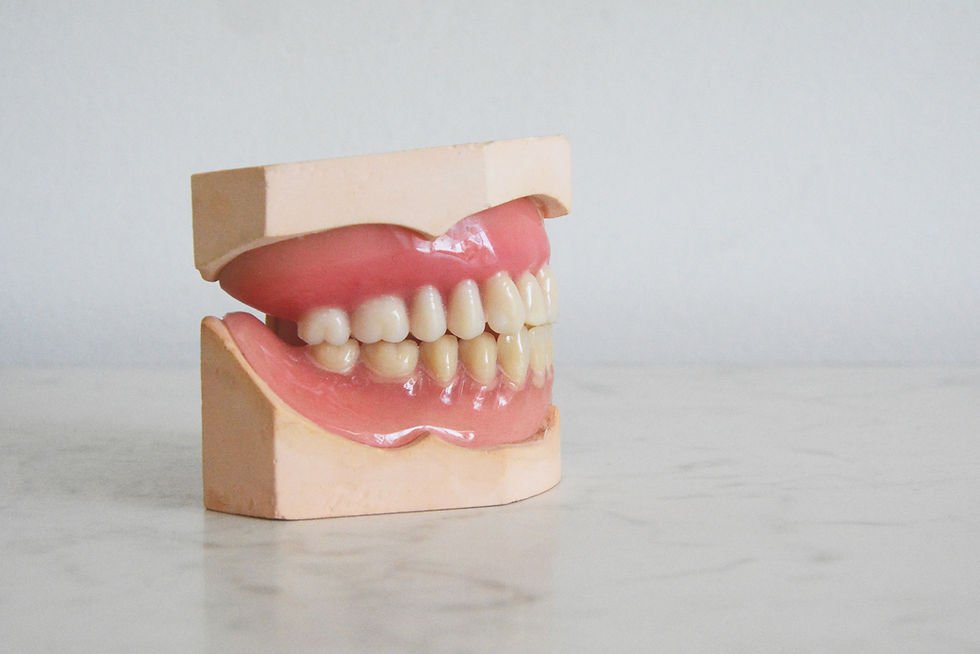What to Expect at the First Speech Therapy Session
- Mermaid Speech

- Mar 19, 2021
- 3 min read
Updated: Feb 11, 2022
Congratulations - you've successfully booked in your first speech therapy session. You've received your appointment time, you've got the address, you've filled in the paperwork. Now what?
It can be daunting for any family new to therapy to know what to expect. Like school? Nope. Like the doctor's? Try again. Like a play date? Kind of... not really. Here's what a typical first session looks like.
When you first arrive, you'll be greeted by your therapist in the waiting room and brought through to a private space that might appear a cross between an office and a playroom, depending on the age of your child. If you're child is younger, they will likely gravitate towards the toys that have been prepared (which are appropriate for their age/level) and the therapist will invite you to take a seat and make yourself comfortable.
While younger children play, the therapist will be discretely observing their interactions with the toys and with you, eventually starting to interact more with your child as they settle in. You might be asked some questions if any information has been missed, or asked to play a little with your child if they are a bit shy. The first few moments we're not expecting to get too much in the way of a speech or language sample but with our combined parent- and therapist- skills should be able to tease this out as the session goes on.
For older kids, we might have a chat first as a group, or perhaps just with the parents first if they're feeling a bit shy. The therapist will explain the session plan in child-friendly terms - looking at some pictures, then perhaps doing some reading/writing, and most definitely at some point playing a game. Depending on the age or co-operation level, the parent might want to sit out in the waiting room. This will depend entirely on the child and what will be best for them.
Assessment is such a loaded word because we think of schools exams, or doctor's tests but it's not at all like that. The therapist will be constantly analysing, collecting data, and synthesising their findings but to the caregiver or child this will look like talking, playing, and asking some questions.
The first assessment, sometimes called evaluation, or initial consultation, will unfold dynamically with the therapist bringing in or taking out different sets of pictures, tasks, or toys as needed. There are no 'test results' and no 'pass/fail' because we're looking at what level the child is at in comparison to the expected range for their age. If there are scores involved these are analysed and calculated later when you've gone home.
Sometimes we'll need to take a short audio recording or video clip so we can go back and listen carefully later for the information we need. We always check this is ok with you first and this is either stored securely or deleted immediately after use.
When the time is up (which will depend on the type of testing), we'll pack away together, leaving the resources to be sanitised for the next client. You can use the card reader to pay if you/r plan manager haven't already done a bank transfer and we'll guide you to the waiting room. Feel free to grab a snack in the café downstairs at this point!
When we have all the information we need (which can take 1-3 sessions) we put this into a report, which is made available only to you, unless you decide to share it with others (or give us permission to share with others such as a teacher or doctor.) We never share any of your information without your permission.
Finally, we'll ideally have just you (parents/caregivers) come by in person, or touch base on Zoom, to receive the report, talk through what it all means, create a plan for next steps, and give you the chance to ask questions.
Not all children need to come back for therapy but if your child does, we help you to book in your next appointments.
If you had any further questions about the initial assessment process feel free to call us 049 1684 551 or use the contact form on our website's booking page.






Comments